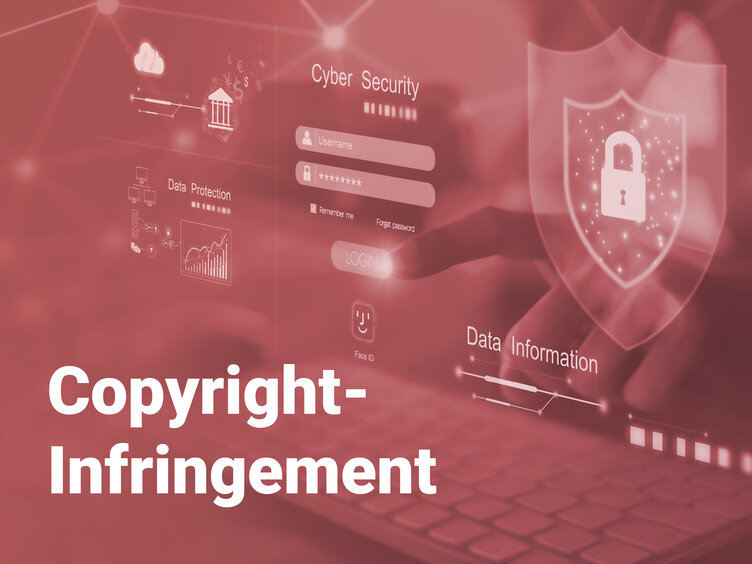Copyright Infringement in the Context of Software Protection and License Management Systems
Copyright infringement refers to the unauthorized use, duplication, distribution or manipulation of copyrighted software. In the context of software protection, this includes illegal activities such as
- Code theft (copying source code without authorization)
- License circumvention (use of software without a valid license)
- Reverse engineering to create plagiarized copies
Meaning & goals in software protection
Copyright infringements cost software developers worldwide up to USD 46 billion annually (source: BSA Global Software Survey 2025). Modern license management systems aim to:
1. Protect code integrity
2. Automatically enforce license compliance
3. Reduce piracy rates through technical barriers
Important elements of protection
Component | Function |
Digital fingerprints | Unique identification of each copy |
Cloud-based licensing | Real-time validation |
Code obfuscation | Illegible code obfuscation |
Blockchain certification | Tamper-proof proof of license |
Factors influencing copyright infringements
- Technological development: AI-supported cracking tools (e.g. DeepCoder AI 2025)
- Legal framework conditions: EU Directive 2024/123 on the liability of platform operators
- Economic incentives: Up to 80% price advantage for pirated copies (source: BSA Report 2025)
- Cultural acceptance: 32% of millennials see software piracy as a "harmless trivial offense"
Advantages of effective protection systems
For companies:
✅ +25% revenue protection through license compliance
✅ -90% audit risks with automated reporting
✅ AI-supported threat detection in real time
For users:
🔐 Transparent usage rights via self-service portals
⚡ Automated license renewals with Google Pay/Apple Pay
Current case study (2025)
Incident: A medium-sized mechanical engineering company uses CAD software with manipulated licenses.
Solution:
1. Detection by machine learning algorithms in the license manager
2. Automated blocking via Google Cloud solutions
3. Claim for damages of EUR 1.2 million based on usage data
Future trends & forecasts
- By 2027, 75% of all software licenses will be validated using blockchain (Gartner 2025)
- AI-driven compliance checks reduce manual audits by 60%
- New EU regulation from Q3/2025: Liability for open source code in commercial software
Conclusion
Modern software protection systems are no longer an option - they are essential for survival. With the explosion of SaaS models and IoT devices, the attack surface is increasing exponentially. Companies that invest in AI-supported license management tools such as Google Cloud's Anthos not only protect themselves legally, but also gain valuable market insights through usage analyses.
Author:
Steffen Kätsch
Senior Support Engineer / Consultant License Management
Education: FH Jena
Expertise: License Management Software Licensing Software Protection IT Compliance Digital Rights Management
